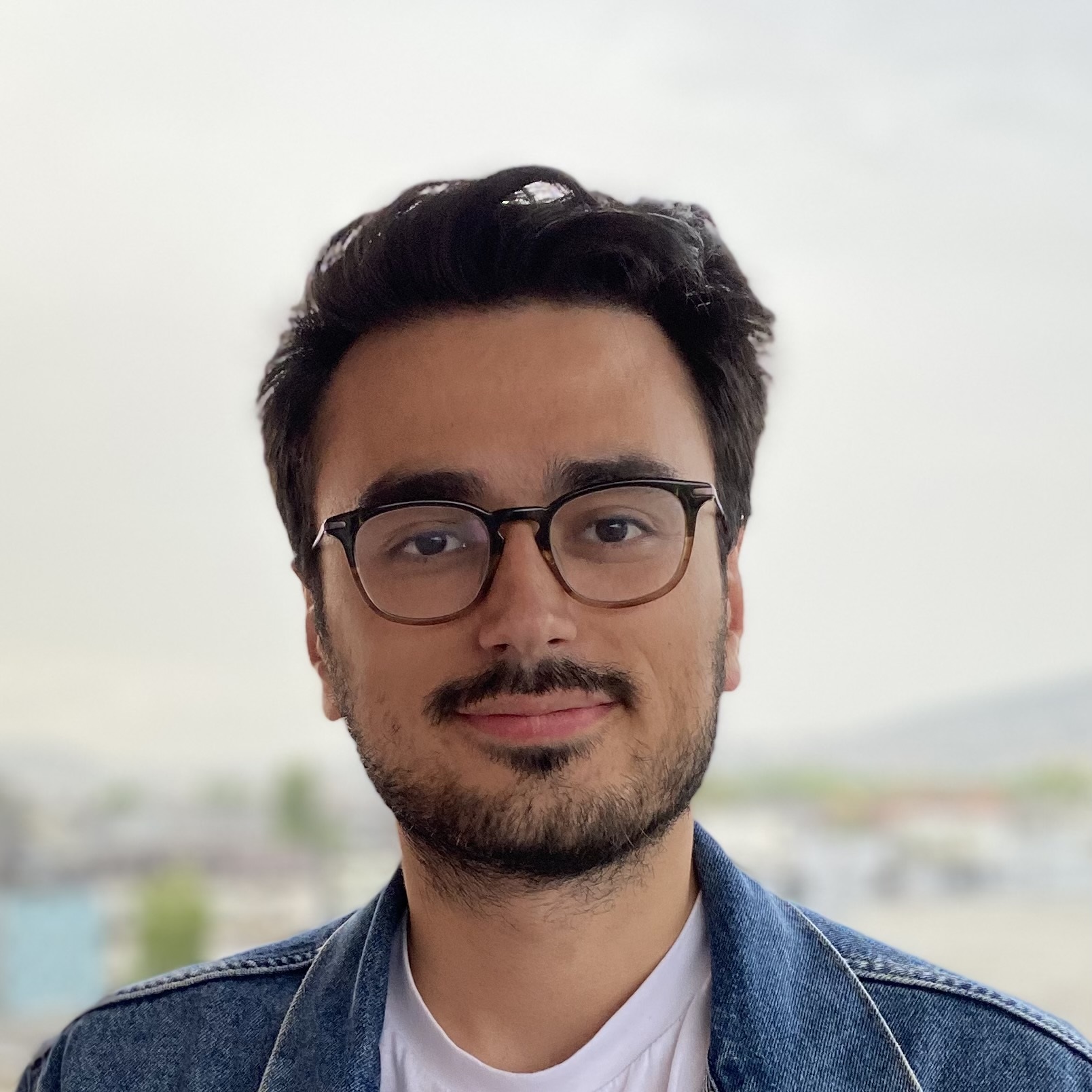About Me

Hey there, I'm Mustafa! I work on digital twins at Tavus. Before Tavus, I worked on digital twins at Hedra and Synthesia as well. My tech stack varies from training large neural networks and 3D neural representations to writing high-performance inference code for large video diffusion models. I always try to find an excuse to write CUDA kernels but often it isn't easy to find that opportunity as a researcher :)
Also, in the past, I've been a student at TU Munich and ETH Zurich, and I was lucky enough to have a great research internship period at Adobe Research where my work is patented, published and shipped in Adobe products.
I first started programming in C++ (what a bad idea) when I was 14. I can vividly remember my excitement when Robert Lafore's C++ book was delivered to my apartment in a winter evening. I had one single goal: making video games! I started reading the book like crazy, and I was trying to follow the SDL tutorials here with my not-so-great English in an era where you had to chicken translate everything. In the end, I managed to understand enough to make many games over the years some of which are listed here. It is hard to believe this was 16 years ago (as of 2025) but I guess as they say, time flies.
Publications
HumanRF: High-Fidelity Neural Radiance Fields for Humans in Motion
Mustafa Işık, Martin Rünz, Markos Georgopoulos, Taras Khakhulin, Jonathan Starck, Lourdes Agapito, Matthias Nießner
SIGGRAPH 2023 (ACM TOG)
Interactive Monte Carlo Denoising using Affinity of Neural Features
Mustafa Işık, Krishna Mullia, Matthew Fisher, Jonathan Eisenmann, Michaël Gharbi
SIGGRAPH 2021 (ACM TOG)
Learning Adaptive Sampling and Reconstruction for Volume Visualization
Sebastian Weiß, Mustafa Işık, Justus Thies, Rüdiger Westermann
TVCG 2020